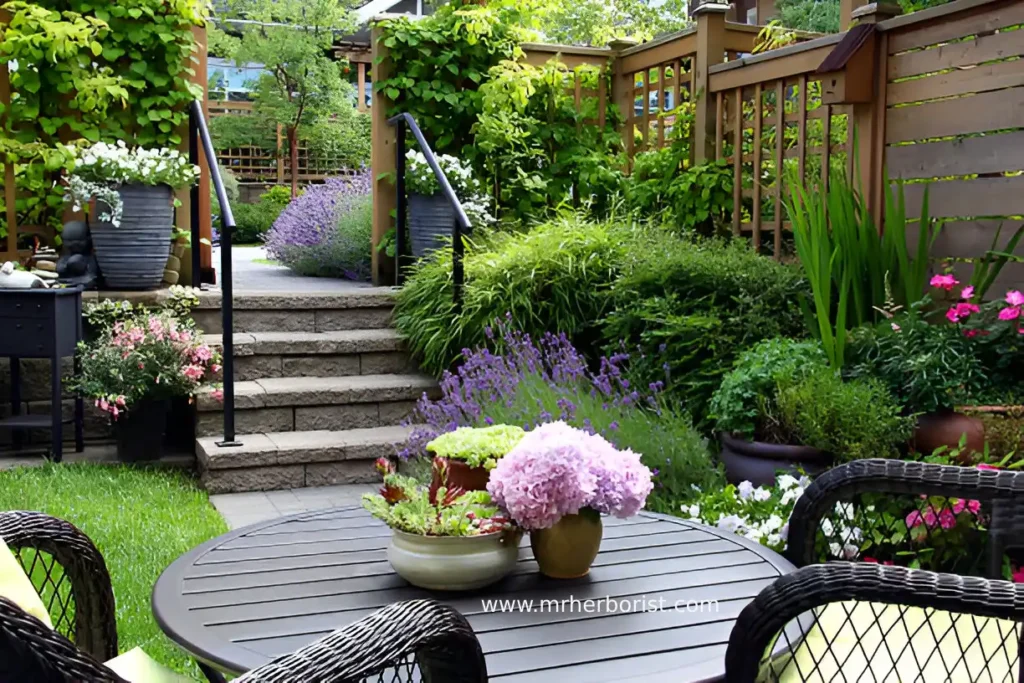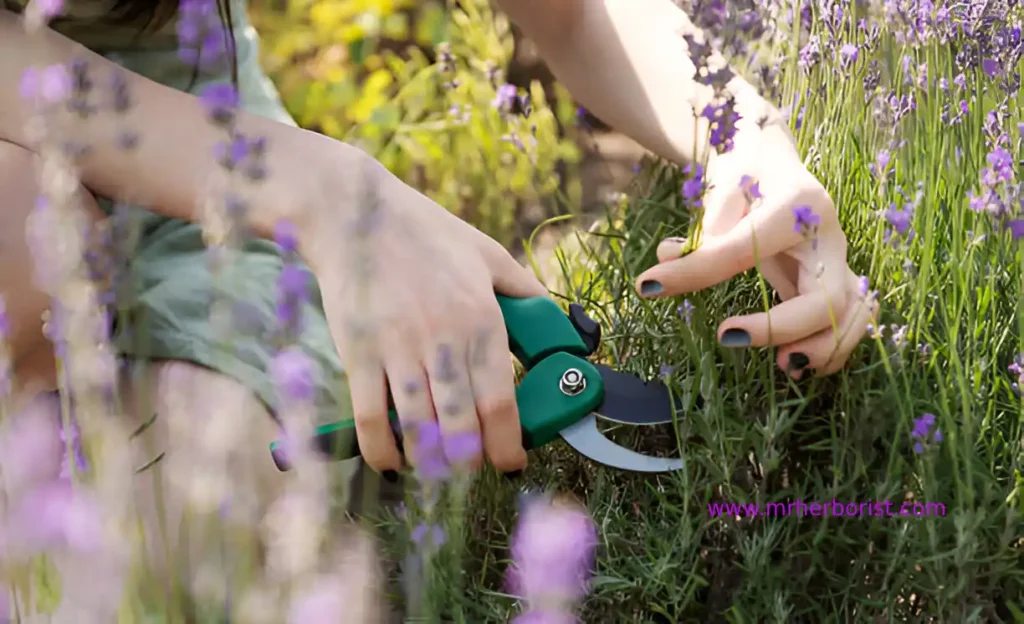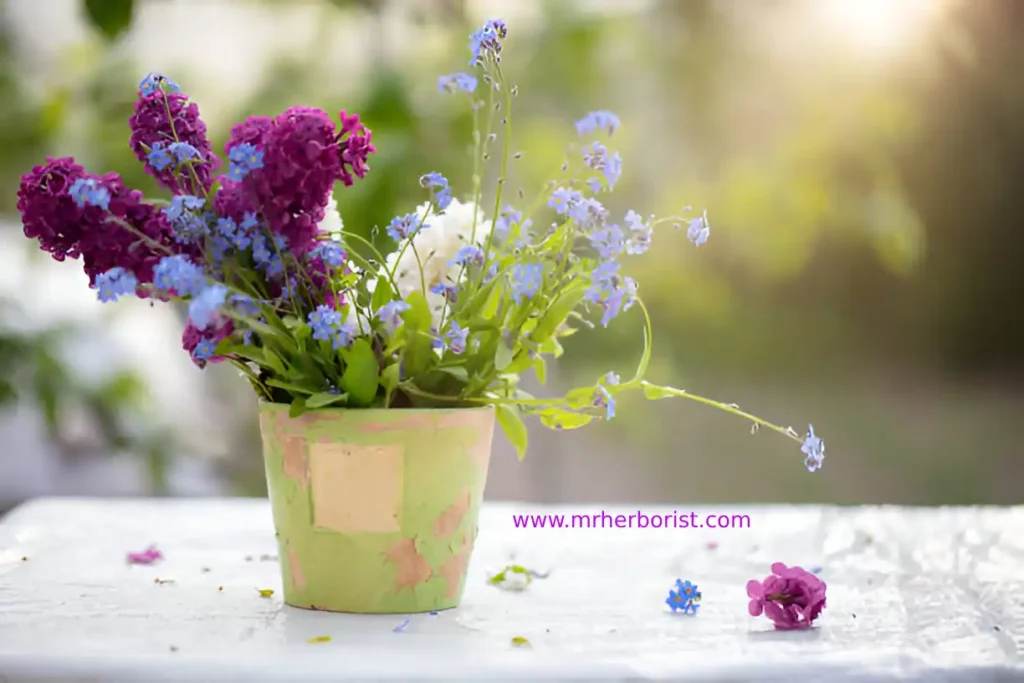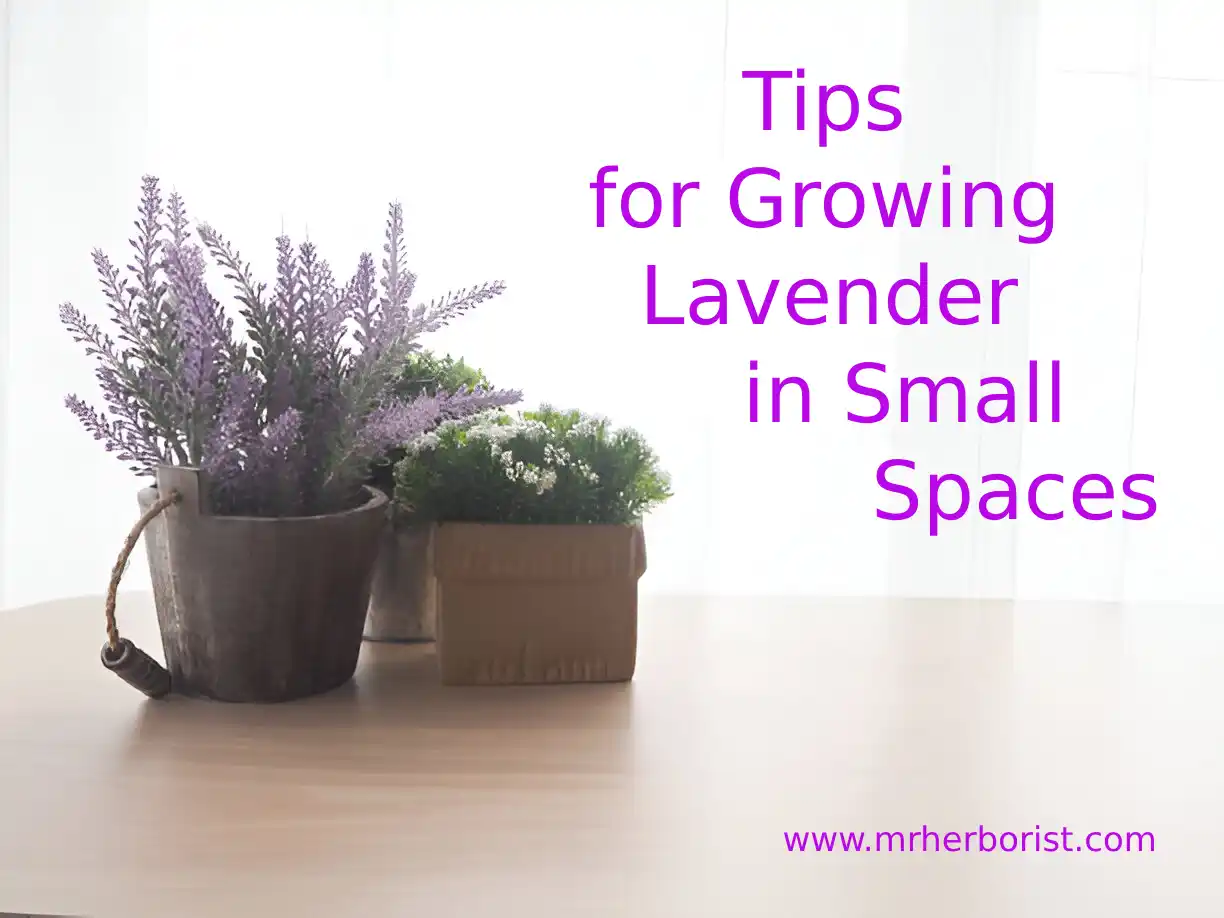Growing lavender in small spaces can be a rewarding endeavor, both for the beauty it brings to your surroundings and the delightful fragrance it adds to your environment.
In this guide, we will explore essential tips and strategies for cultivating lavender, including insights on how lavender grows, whether it can thrive indoors, where lavender is grown, and how to prune lavender effectively.
growing lavender in small spaces: Understanding Lavender
How Lavender Grows
Lavender is a perennial herb that belongs to the mint family. It thrives in well-drained soil and full sunlight, making it an excellent choice for gardens, pots, and window boxes.
Understanding how lavender grows is crucial for successful cultivation. Here are some key points to consider:
- Sunlight Requirements: Lavender requires at least 6-8 hours of direct sunlight daily. Insufficient sunlight will lead to leggy plants and fewer blooms.
- Soil Conditions: Lavender prefers sandy or loamy soil with good drainage. Heavy clay soils can cause root rot.
- Watering Needs: Once established, lavender is drought-tolerant. Watering should be infrequent; allow the soil to dry out between watering.
Growing Lavender in Small Spaces

When space is limited, you can still enjoy the beauty of lavender with some creative gardening techniques. Here are tips for growing lavender in small areas:
1. Choose the Right Variety
Not all lavender varieties are suited for small spaces. Here are some compact options:
- Lavandula angustifolia: Commonly known as English lavender, this variety is ideal for small gardens and containers.
- Lavandula munstead: A dwarf variety that grows only 12-18 inches tall, perfect for window boxes or small garden beds.
2. Container Gardening
Using pots or containers is an excellent way to grow lavender in limited spaces. Here’s how to do it effectively:
- Select the Right Pot: Choose a container that is at least 12 inches deep with drainage holes. Terracotta pots are ideal as they allow for evaporation, preventing overwatering.
- Use Quality Soil: Fill the pot with a well-draining potting mix. You can create a custom mix by combining potting soil with sand or perlite.
- Placement: Position your containers in a location where they receive ample sunlight. If indoors, a south-facing window is ideal.
3. Indoor Lavender Growth
Can Lavender Grow Inside?
Yes, lavender can grow inside, but it requires specific conditions to thrive. Here are tips for growing lavender indoors:
- Light: Make sure your indoor lavender receives at least 6 hours of sunlight. Consider using grow lights if natural light is insufficient.
- Humidity: Lavender prefers low humidity levels. Ensure good air circulation around your plants to prevent mold or mildew.
- Watering: Be cautious with watering; allow the soil to dry out completely before the next watering to avoid root rot.
4. Vertical Gardening Techniques
If you have limited ground space, consider vertical gardening strategies:
- Wall Planters: Use wall-mounted planters to maximize vertical space. This also adds an aesthetic appeal to your garden.
- Hanging Baskets: Lavender can be grown in hanging baskets, which can be placed on balconies or patios.
growing lavender in small spaces: Pruning Lavender

How to Prune Lavender
Pruning is essential for maintaining healthy lavender plants and promoting lush growth. Here’s how to prune lavender effectively:
- Timing: The best time to prune lavender is in the spring, just as new growth begins. Avoid pruning in the fall to protect the plant during winter.
- Tools: Use clean, sharp pruning shears to make precise cuts.
- Technique:
- Remove dead or damaged stems.
- Cut back the plant by about one-third to encourage new growth.
- Shape the plant into a mound to help with air circulation.
- Aftercare: After pruning, ensure your lavender is well-watered but not waterlogged.
growing lavender in small spaces: Where Lavender is Grown

Lavender is cultivated in various regions around the world. Here are some notable areas:
- Provence, France: Known for its vast lavender fields, Provence is renowned for producing high-quality lavender essential oils.
- California, USA: The climate in parts of California is ideal for lavender cultivation, and many lavender farms have opened in this region.
- English Countryside: England produces several varieties of lavender, particularly English lavender, which is prized for its fragrance.
RELATED: Lavender benefits:for Relaxation,Skincare, perfume.
Growing lavender in small spaces is entirely feasible with the right knowledge and techniques.
By understanding how lavender grows, utilizing container gardening, considering indoor options, employing vertical gardening methods, and mastering pruning techniques, you can cultivate beautiful lavender plants even in limited areas.
Whether you choose to grow lavender indoors or outdoors, the rewards of your efforts will be a fragrant and visually appealing addition to your space. Happy gardening!

